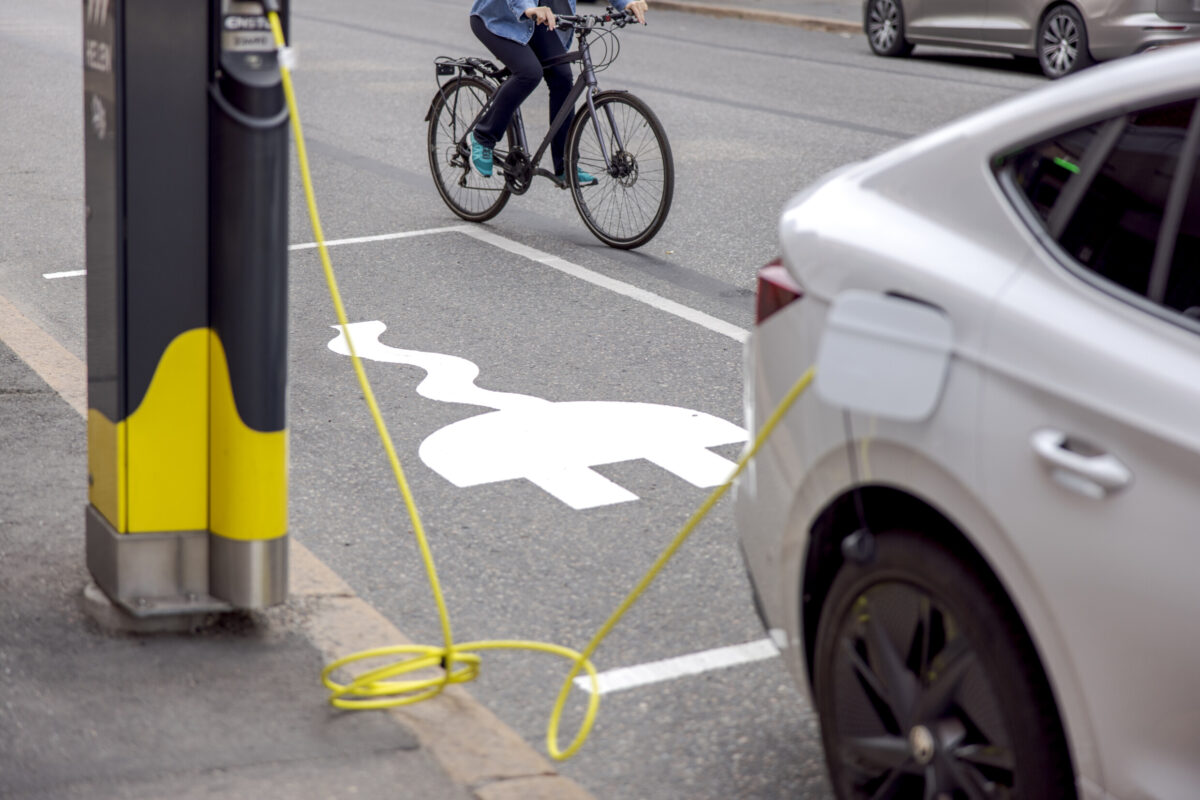How to Use Electric Vehicle Batteries for Energy Storage
Authors: Mathias Winther Thorsen, ECO STOR AS & Fride Vullum-Bruer, SINTEF Energy
This article outlines best practices for implementing Battery Energy Storage Systems (BESS) using second-life electric vehicle (EV) batteries. Key aspects to consider include the legislative framework, technology, stakeholders, societal factors, safety, and organisation. The information is based on the TREASoURcE project’s experiences and aims to guide those interested in replicating similar practices.
In the process of working on our demo-sites in TREASoURcE project, we collected our knowledge and are glad to share it with anyone planning to replicate this practice. Read more about our use cases:
These three aspects are interconnected and require careful consideration to successfully implement and operate a Battery Energy Storage System (BESS) using second-life EV batteries.
The Most Important Requirements for Success
Safety
Ensuring the safety of the BESS is paramount due to the potential risks associated with lithium-ion batteries. Adhering to safety standards and regulations, conducting thorough risk assessments, and implementing proper battery management systems are crucial.
Legislative Framework
Understanding and complying with international, EU, and national regulations and standards related to battery repurposing and BESS installation is essential for legal and operational compliance.
Technology
The technology used in the BESS, particularly battery diagnostics and state of health (SoH) assessment, plays a significant role in ensuring the system’s efficiency, safety, and longevity. Keeping up with advancements in battery technology is also important for future-proofing the investment.
In the process of working on our demo-sites in TREASoURcE project, we collected our knowledge and are glad to share it with anyone planning to replicate this practice.
We classified the key aspects into following categories:
Legislative Framework
The international standards as well as EU regulations are in many countries translated and adapted into national legislation. Standards specifically are very important for implementation of Battery Energy Storage System (BESS). There are several international standards either in place or under development. Similarly to EU regulations, many of these are translated into national standards and adapted to each country. There are, however, no standards describing the requirements for the battery room or how to do a proper safety assessment of BESS installation and operation.
TREASoURcE project provides an extensive list as well as descriptions of the relevant regulatory framework in the battery value chain in the legislative and regulatory framework report. This list includes, for instance, the International Electrochemical Commission (IEC) standards regarding safety of lithium batteries from the vehicle sector as well as standard on electrical energy storage systems (e.g. IEC 62933-5-2:2020). Also, EU regulations such as Waste Framework Directive, General Product Safety Directive 2001/95/EC, Low Voltage Directive 2014/35/EU, Directive on the inland transport of dangerous goods 2008/68/EC are being listed.
Currently, the IEC standard that is being developed for safety of EV battery repurposing in stationary application and is taking into account the battery as a component and not the battery system as a whole, is quite far from being finished. Two IEC standards (63330 and 63338) for quality/State Of Health assessment of EV batteries for repurposing and considerations to be taken before putting them into a battery system are close to being published. However, it is possible that once published these will not be accepted by all parts of the IEC and thus cannot be harmonized. This indicates that harmonized standards specifically for EV battery repurposing into stationary applications will likely not be available in the near future.
National legislation should be checked for any deviations from international regulations and/or supporting legislation/strategies. For instance, Finland has national battery strategy in place which aims to strengthen the competitiveness and sustainability of Finland’ battery sector and in general promotes the CE of batteries. It also presents the main Finnish repurpose operators. Following national legislative acts could be checked: the Waste Act, Electrical Safety Act, regulations of the fire safety of buildings, Rescue Act, recommendations regarding battery rooms (you can check descriptions of parts of Finnish legislation in the legislative and regulatory framework report and in the report on challenges of 2nd life battery use).
Technology
The technology is mostly in the battery system itself. The main challenges here for implementation of 2nd life batteries is the diagnostics of state of health (SoH) to assess whether a battery can be reused for Battery Energy Storage System. Currently, expensive, and time-consuming diagnostics must be performed as it is not possible to access user data of SoH data from the battery. New technology is also needed to properly assess SoH during use of the 2nd life BESS in order to optimize use and lifetime of the battery system. It is also a challenge to implement batteries intended for EV use into stationary applications, especially as almost all documentation is strictly protected by the EV producers. Thus, it is important that the repurposing manufacturers have close relationships with the EV manufacturers from which they source their batteries.
The technology used in the EV battery packs is changing, e.g. with different chemistries giving longer lifetime, and different designs. This will influence the value of EV batteries after they end their 1st life.
Stakeholders
For successful implementation of Battery Energy Storage System there are several stakeholders that need to be involved. These can be split into different categories: 2nd life BESS manufacturers/providers, building owners/real estate developers, fire/building consultants, energy/grid companies, end users/operators.
Currently there is a need to involve many stakeholders at many stages in the process. In time with clear standards and acknowledged “best practices” it should be easier to distribute the responsibility for different parts of the installation and system to different parties without the need for continuous follow-up between them.
Society
Our experience in Lempälää demonstrated that cultural differences are very important to take into account when dealing with international repurposing operator. We hence recommend having a local project partner onboard that would help with potential communication/language errors and would be interested in the successful implementation of the practice. Also, delivery from the non-EU country might imply additional transactions/bureaucracy at the customs, hence, timely preparation is needed. Since the transportation of batteries is a complex matter, anticipating the potential delays due to unforeseen circumstances could also improve communication between international partners.
Safety
Safety is one of the key issues with installation of large battery systems. Li-ion batteries are generally quite safe, and the risk of thermal runaway is low. However, the consequences of a thermal event can be severe. During planning of the battery room it is important to use resources with experience and knowledge within room design for lithium-ion battery systems, as the considerations differ from other technical installations.
Batteries are also considered dangerous goods. And there are regulations governing transportation of batteries. There are international standards for how BESS should be installed and connected to the electrical system, however none are harmonized. There are no standards for battery room requirements (i.e. size of room, access, ventilation, construction materials, etc.). All the most relevant standards that currently exist are described in Deliverable 1.3.
One issue specifically with 2nd life batteries is that there is currently no non-destructive test that can detect all dangerous forms of degradation in a battery pack. This implies that if the history of the battery use is not known, the “safety condition” of the battery cannot be found. Thus, it is important to have knowledge about the history of the battery, and that it has had a safe Battery Management System in its 1st life.
Organisation
Preparations in install EV batteries as energy storage systems can vary depending on the concrete case. However, with a more standardized product and standardized requirements to the building, it will be easier to give a clear offer on the product as well as the building owner would be able to estimate their own additional costs and make a decision based on this. Currently, the practice is very case-specific, and a lot depends on the customer: some might be very flexible and agree to cooperate without all details sorted, while others may wish everything to be covered in the contract before agreeing to start any work. Different experts such as fire consultants may also have different knowledge levels and recommendations.

